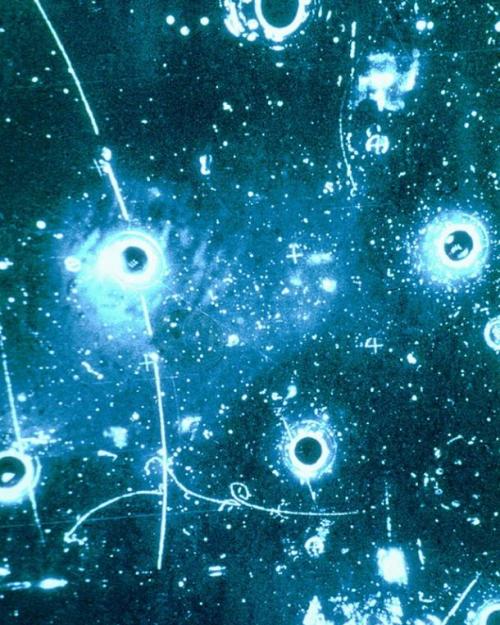Astronomer Ray Jayawardhana, the Harold Tanner Dean of Arts and Sciences, is featured in the new PBS NOVA/BBC documentary on neutrinos, “Particles Unknown,” airing Oct. 6.
Throughout “Particles Unknown,” Jayawardhana offers “his insight into the nature of neutrinos, their importance in the universe and how scientists have battled against the odds to detect them for almost a century,” said producer and director Henry Fraser. “Ray’s interview provided the perfect bites to set up why we should all care about neutrinos, and his description of their hard-to-believe historical context helped drive the narrative forward.”
In the United Kingdom, the BBC4 channel broadcast the documentary on Sept. 22 with the title “Neutrino: Hunting the Ghost Particle.”
Neutrinos, writes Jayawardhana in his book, “Neutrino Hunters,” are “pathologically shy.” Fundamental building blocks of matter, they have a tiny mass, no electric charge, and rarely interact with other particles – so rarely, writes Jayawardhana, that although about 100 trillion neutrinos from the sun pass through our bodies every second, “during your entire lifetime, perhaps one single neutrino would interact with an atom in your body.”
It’s not surprising, though, that films are made about these elusive particles. Jayawardhana explains in his book that neutrinos “are among the ‘most wanted’ of all cosmic messengers for the secrets they hold about the nature of matter, the pyrotechnics of exploding stars, and the structure of the universe itself.”
“Neutrino Hunters” won the Canadian Science Writers Association’s Book Award; Jayawardhana’s other popular science book, “Strange New Worlds” was the basis for “The Planet Hunters” television documentary on the Canadian Broadcasting Corp. His latest publication for a general audience was a picture book for children titled Child of the Universe, published by Penguin Random House in 2020.
Jayawardhana’s astronomy research focuses on the diversity, origins and evolution of planetary systems as well as the formation and evolution of stars and brown dwarfs. In particular, his group uses the largest telescopes on the ground and in space to do ‘remote sensing’ of planets around other stars (“exoplanets”), with a view to investigating prospects for life in the universe. He is a core science team member for the NIRISS instrument on the James Webb Space Telescope, to be launched in December, and his group leads a Gemini Observatory large program on high-resolution spectroscopy of exoplanet atmospheres.





